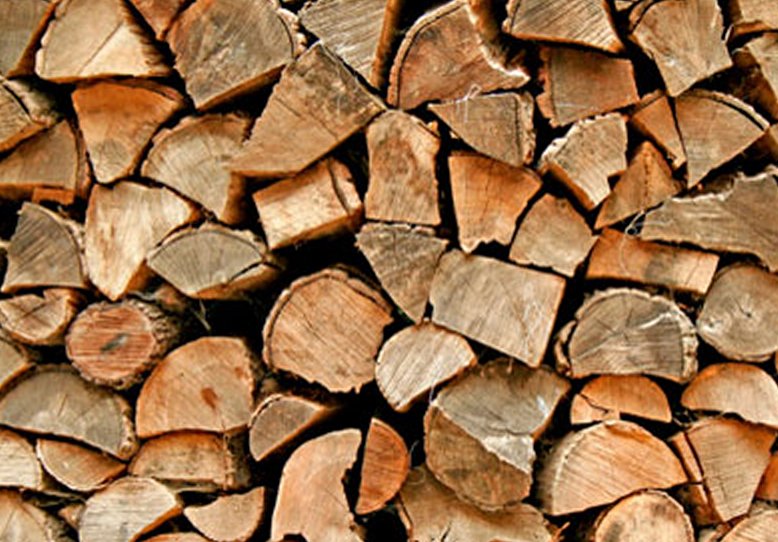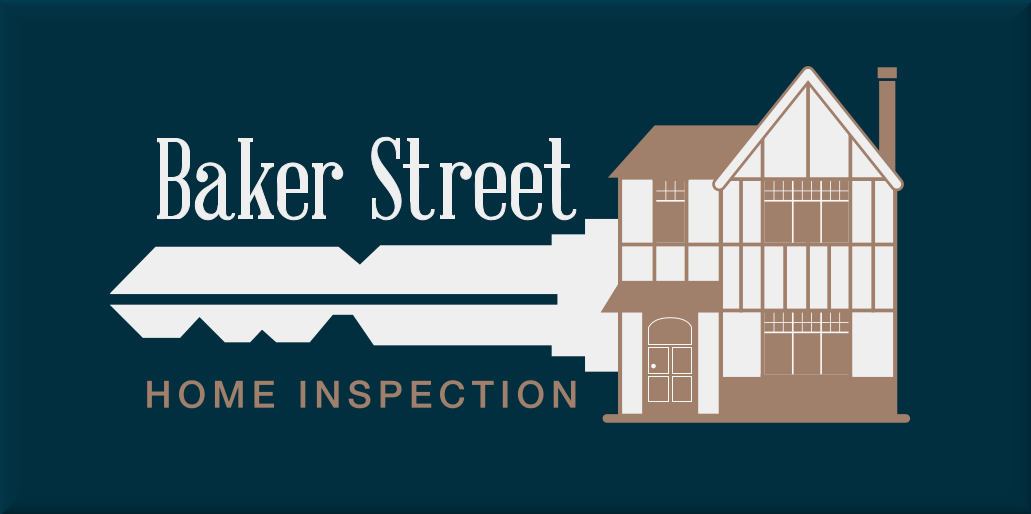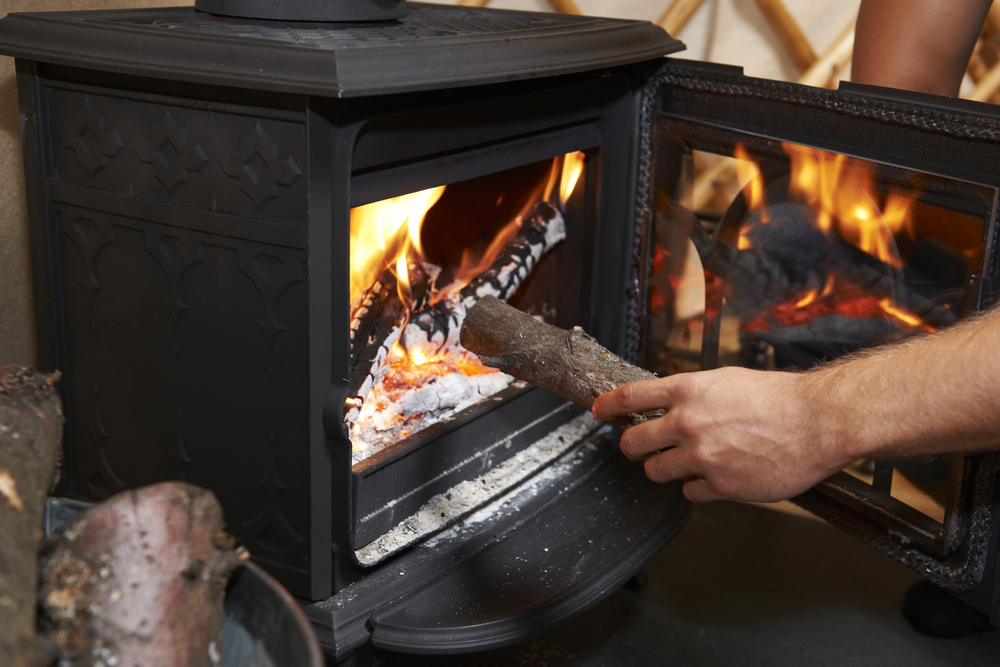The fine particulate matter levels in the Comox Valley air has been found to exceed the acceptable levels of the Canadian Ambient Air Quality Standards.
Other towns in valleys have experienced similar issues when it comes to air quality and wood burning. The municipal government has rolled out a rebate program for exchanging old wood burning appliances for more efficient cleaner burning appliances. They also have rebates for installing heat pumps.

Not all of us are in the market for a new wood stove. But that doesn’t mean you can’t help to reduce the emissions of your old wood burning appliance. The fuel selected in wood burning appliances is a very important first step for a clean burn. Wet wood will significantly increase the amount of fine particulate matter that a wood burning appliance emits. The key to a good fuel is selecting seasoned wood that has a moisture content of 20% or less. I recommend picking up a inexpensive moisture meter to check your stored wood to see if it has seasoned long enough to burn.
Stored wood should be stacked perpendicular to the prevailing wind, with a cover on the top of the stack, but not on the sides. This allows the air to move through the stack and promotes drying. It’s tempting since we live on the coast to harvest some wood from the beach. Burning driftwood in a wood-burning appliance is not a good idea. The excess salt in the wood will deteriorate metal chimney liners and metal wood stoves. Painted wood, treated wood, plywood, pallets, and railway ties are all inappropriate wood fuels due to the environmentally harmful exhaust produced by burning these products.

